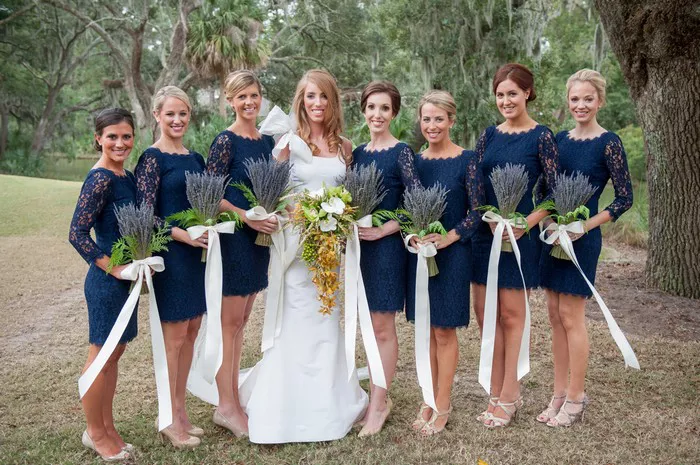Wedding guest fashion is undergoing a significant transformation as old rules give way to new, more flexible guidelines. The once-strict standards about what’s appropriate to wear to weddings are being rewritten, reflecting broader cultural shifts around gender norms, personal expression, and climate consciousness. Today’s wedding guests are navigating a landscape where traditional dress codes still exist but are often interpreted more liberally, creating both exciting opportunities and new challenges for wedding attendees.
The most noticeable change is the breakdown of gender-specific attire expectations. Women are increasingly opting for pantsuits or jumpsuits instead of dresses, while many men are embracing more colorful and patterned options beyond the standard dark suit. Non-binary guests are feeling more empowered to wear whatever makes them comfortable, whether that means mixing traditionally masculine and feminine elements or choosing entirely new silhouettes. This shift has been welcomed by many couples, with some explicitly stating “wear what makes you feel fabulous” on their invitations rather than prescribing specific attire.
Seasonal appropriateness is also being reconsidered. As weddings become more geographically diverse with destination celebrations and climate change alters traditional weather patterns, guests are having to think more creatively about their outfits. The old rule of “no white after Labor Day” or “only pastels in spring” no longer applies, with many opting for bold colors year-round or lightweight fabrics in winter destinations. Some guests are even investing in convertible outfits—like reversible jackets or dresses with detachable sleeves—to accommodate unpredictable weather or multiple wedding events in one trip.
Sustainability has become a major factor in guest attire decisions. Rather than buying new outfits for every wedding, many guests are now renting special occasion wear or shopping secondhand. Some wedding parties are even organizing attire swaps where guests can borrow or trade formalwear. This eco-conscious approach is often encouraged by couples who include sustainability suggestions on their wedding websites. One bride in Seattle created a “pre-loved fashion” Pinterest board for her guests, showcasing vintage and thrifted outfit ideas that aligned with her wedding’s color scheme.
The pandemic’s lingering effects continue to influence guest attire as well. After years of comfortable clothing at home, many guests are prioritizing outfits that balance style with comfort—breathable fabrics, shoes that can handle dancing, and layers that can adapt to changing venues. Some outdoor weddings now include practical suggestions like “bring a sun hat” or “wear shoes suitable for grass” right on the invitation.
Cultural considerations are playing a larger role too, as more weddings blend traditions from different backgrounds. Guests are becoming more thoughtful about researching appropriate attire for multicultural weddings, whether that means wearing a scarf to cover their shoulders at a religious ceremony or choosing modest out of respect for certain traditions. Many couples now include detailed dress code explanations on their wedding websites to help guests navigate these expectations.
Despite these evolving norms, some classic rules still hold weight. Most guests understand that they shouldn’t wear white (unless specifically invited to), upstage the couple, or show up in overly casual clothes unless it’s a designated casual affair. The key difference is that modern wedding attire is now more about celebrating individual style within respectful parameters rather than adhering to rigid, one-size-fits-all standards.
As weddings continue to evolve as expressions of couples’ unique personalities and values, guest attire is following suit—becoming more personalized, inclusive, and meaningful. The result is wedding celebrations where guests don’t just witness the couple’s love story but actively participate in it through their own authentic self-expression.

